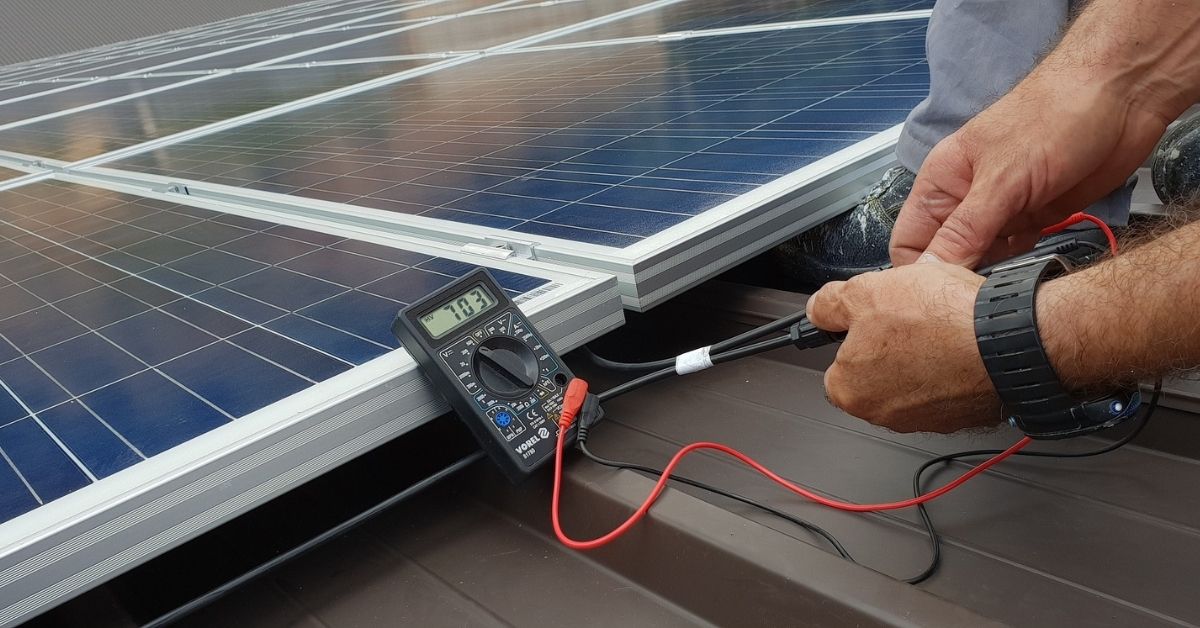The energy revolution is leading to a continuous expansion of photovoltaic solar power plants. It is estimated that in 2020 the energy produced by wind and solar power plants will increase by 45% globally, and this despite the pandemic.
With the increase in electricity production from photovoltaic plants, it will become increasingly important to monitor the operating performance of the plants by means of a monitoring system, in order to keep them in good condition and exploit their potential to the full through targeted maintenance and technological upgrading of components.
Monitoring and Data Acquisition
Consisting of IoT technology, i.e. both hardware and software components, the monitoring system of a photovoltaic system allows its performance to be analysed and helps to fully understand its strengths and weaknesses.
By establishing reference points, it is then possible to understand where it is possible to intervene on the system by immediately assessing the cost/benefit of extraordinary maintenance. With this in mind, Manni Energy has developed its own monitoring system, called MEVision.
Constant monitoring of the system by our specialist technicians allows us to immediately discover where the photovoltaic system is producing less or has criticalities.
The main factors affecting performance are:
- Dirt. Dust accumulation on solar panels reduces the efficiency of the photovoltaic system. In the case of dirt, rain can improve efficiency by a small percent, but it is no substitute for a carefully planned mechanical wash.
- Inverters. These electronic devices convert the DC current generated by photovoltaic modules into AC current suitable for feeding into the grid. Correct monitoring of operating data and a preventive analysis using a thermal imaging camera can identify problems that need to be corrected before an inverter failure can result in a serious loss of production.
- Tracking systems. Tracking systems allow photovoltaic panels to move following the position of the sun by maximising the incident radiation on the module surface. Checking and calibrating the tracking systems periodically keeps the plant's performance optimised.
- Vegetation management. Uncontrolled vegetation growth can create shaded areas of strings, generate hot spots and fire hazards. Even in this case, a series of preventive measures must be planned in order to avoid loss of production or damage to the plant.
- Performance Ratio. The Performance Ratio (PR) is a key parameter in a photovoltaic power plant. The PR evaluates the performance of the system based on irradiation. Unexpected values can be generated by failures or unexpected degradation of one or more components. The PR can be used to compare photovoltaic systems regardless of size and solar resource. A PR percentage ranging from around 77% in summer to 82% in winter (with an average annual PR of 80%) is not unusual for a well-designed solar photovoltaic system, also taking into account parameters such as the age of the system, environmental conditions, installation method, location and technology used.
Revamping or Repowering
Thanks to the data collected by the monitoring system and specialised site visits, in the event of performance losses Manni Energy is able to evaluate revamping or repowering interventions with the aim of restoring the plant's maximum productivity or even increasing it.
These are renovations, modernisations and extensions of the photovoltaic system that aim to preserve or even improve the production of photovoltaics over time and thus allow the owner to continue to make the most of their system and earn money from the energy produced and the incentives.
What is Revamping?
Revamping is an intervention to improve the efficiency of the plant. It consists of replacing defective or obsolete components to restore initial power and optimise production without increasing output.
For example, if there is a reduction in productivity as a result of a module problem, an analysis of the energy loss can be carried out and, if necessary, the underperforming modules can be mapped.
This makes it possible to estimate the expenses and profitability benefits of replacing deteriorated modules.
In the event that the revamping intervention leads to an overall increase in the power of the plant, please note that the GSE, in order to maintain the incentives, tolerates a maximum of 5% more for plants below 20kW power and 1% more for plants above 20kW power.
What is Repowering?
Repowering consists of revamping and increasing power by adding more modules in the spaces left free by the replacement of old, inefficient modules.
If you have a relatively old system, this is recommended in order to avoid wasting the investment made, especially if the company consumes a lot of energy.
Repowering is recommended mainly for two reasons:
- It makes it possible to replace old, inefficient panels with new technology that has increased performance in the meantime.
- It allows, for the same surface area, to increase the overall production power by installing a greater number of panels since these latest generation panels are more efficient. The increase in power is not incentivised.
Optimising production
Restoring the plant's optimal production leads to maximising the incentives you receive from the GSE: since the energy account incentive is paid per kWh of energy produced, restoring and optimising productivity means producing more kWh and collecting more incentives.
In this sense, it is possible to calculate the return on investment in the revamping and repowering of the plant: on the one hand, the higher revenues generated by the increased productivity and, on the other hand, the costs of the intervention.
For more information on Manni Energy's services visit the site.


